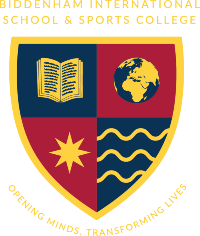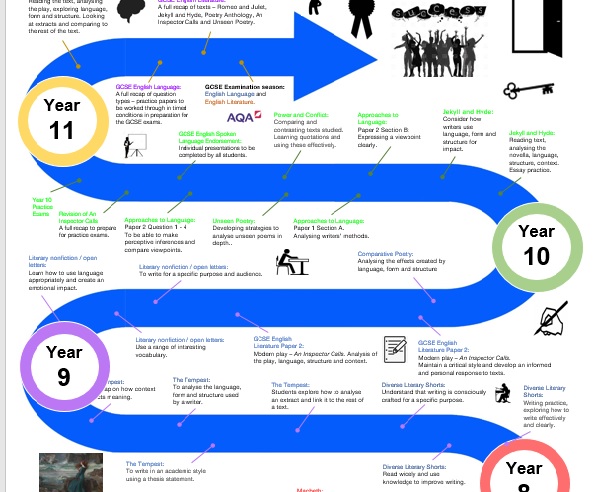Department Overview
Media Studies at Biddenham comprises both critical analysis of media texts and their meaning alongside a production module where the students will create their own work, from planning to editing.
Our Media suite has 22 computers in the classroom, all of which have professional video editing software, and further additional programmes which support the students’ creative needs.
The Media Studies department offers:
- Friendly, supportive and creative learning environment.
- A dedicated computer suite with specialist software.
- An inclusive approach to teaching and learning where all students will feel valued.
- High expectations of all students.
- Opportunities for the students to explore their creative thirst with both filming, editing and directing.
- Specialist teachers with a proven passion for the subject.
“The Media Studies classroom has a great work atmosphere. The teaching style allows us to both have fun and as well as learn new material in a relaxed manner.” - Year 13 student
Who to contact for extra information:
Mr Smith
ali.smith@biddenham.beds.sch.uk
Assessments in Media Studies
| Key Stage 4 | Key Stage 5 |
|
Paper 1 Paper 2
NEA: Students produce a statement of intent and a media product for an intended audience. Students are assessed on the application of knowledge and understanding of the theoretical framework and the ability to create media products. This is assessed by a choice of one of five annually changing briefs, set by AQA total of 60 marks Assessed by teachers and moderated by AQA (30% ) |
Paper 1: Media Language and representation: unseen, application of framework, comparison with CSP, application of academic theory (35%)
NEA: Students produce a statement of intent and a media product for an intended audience. Students are assessed on the application of knowledge and understanding of the theoretical framework and the ability to create media products. This is assessed by a choice of one of five annually changing briefs, set by AQA total of 60 marks Assessed by teachers and moderated by AQA ( 30% ) |
Exam Board Information








